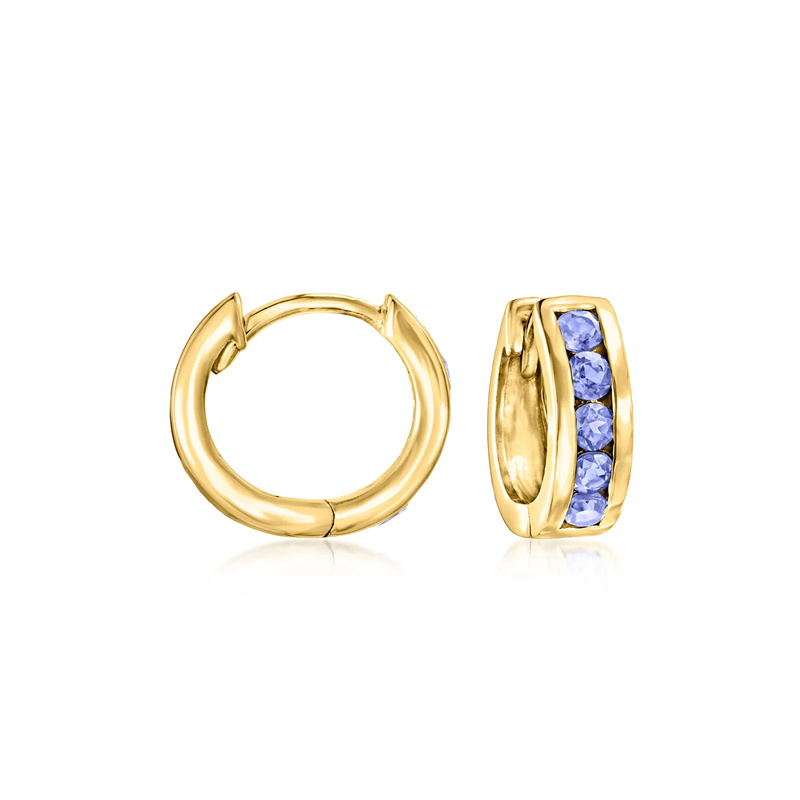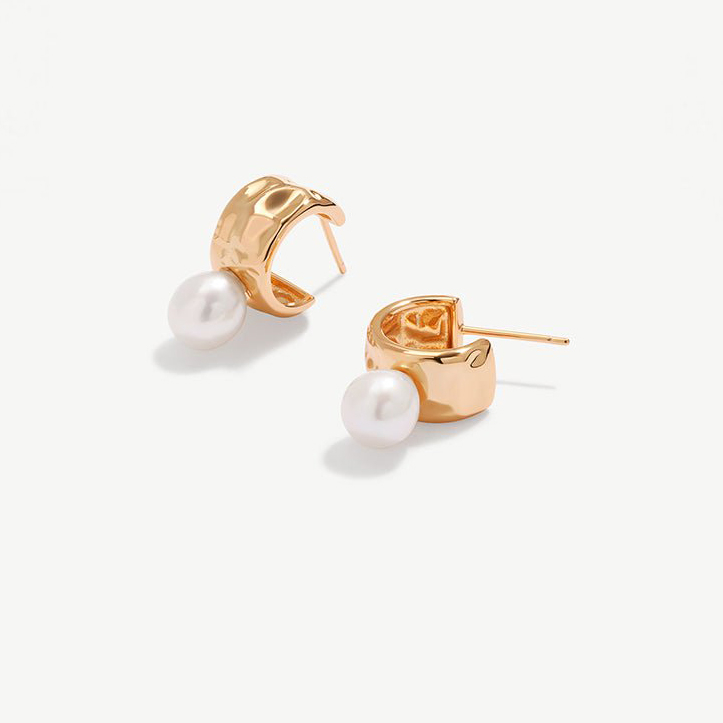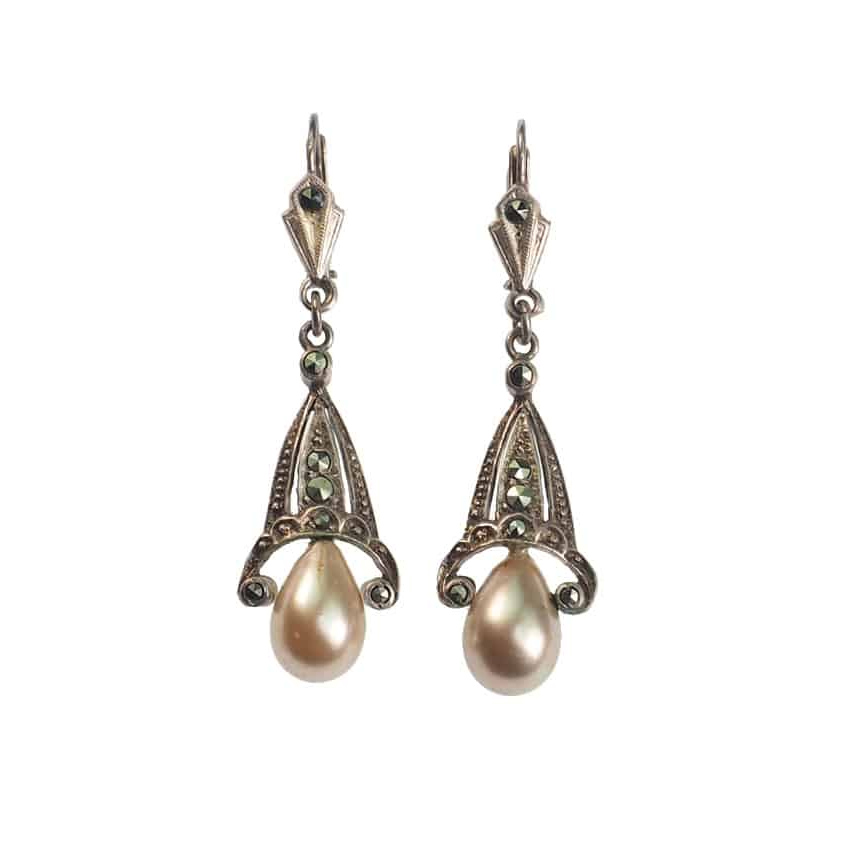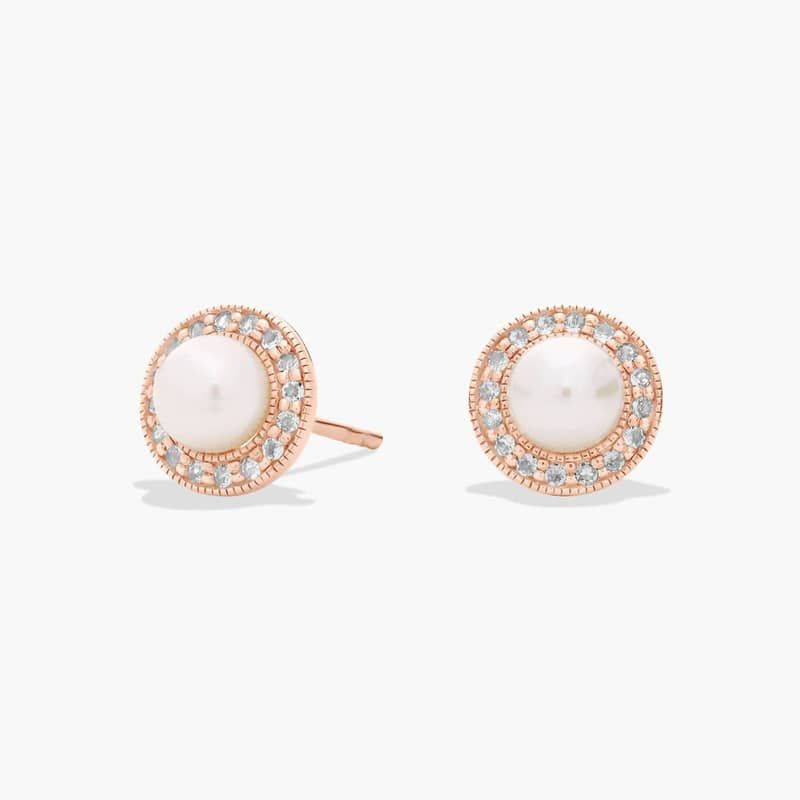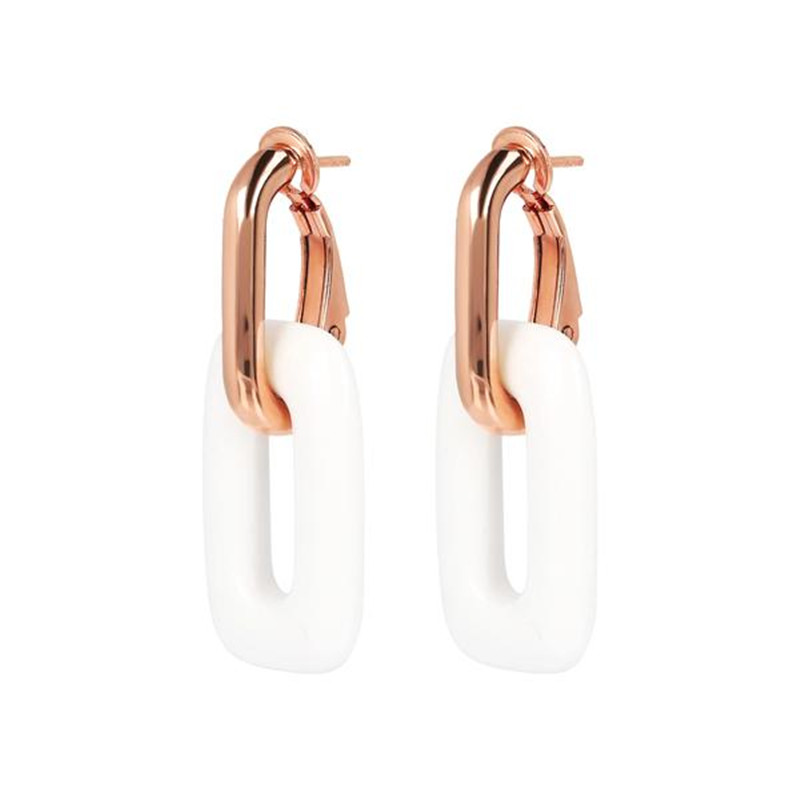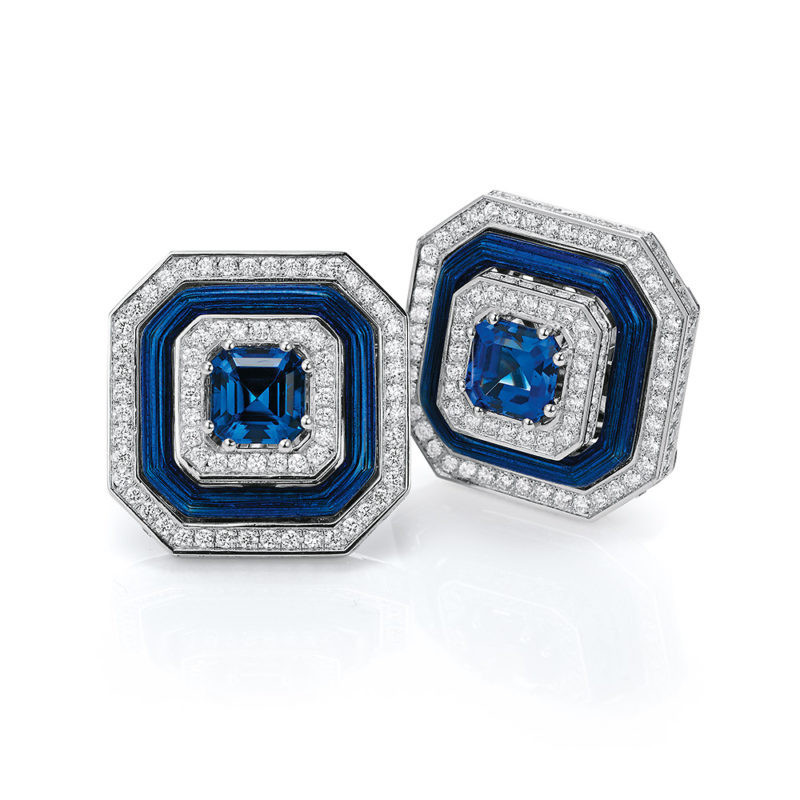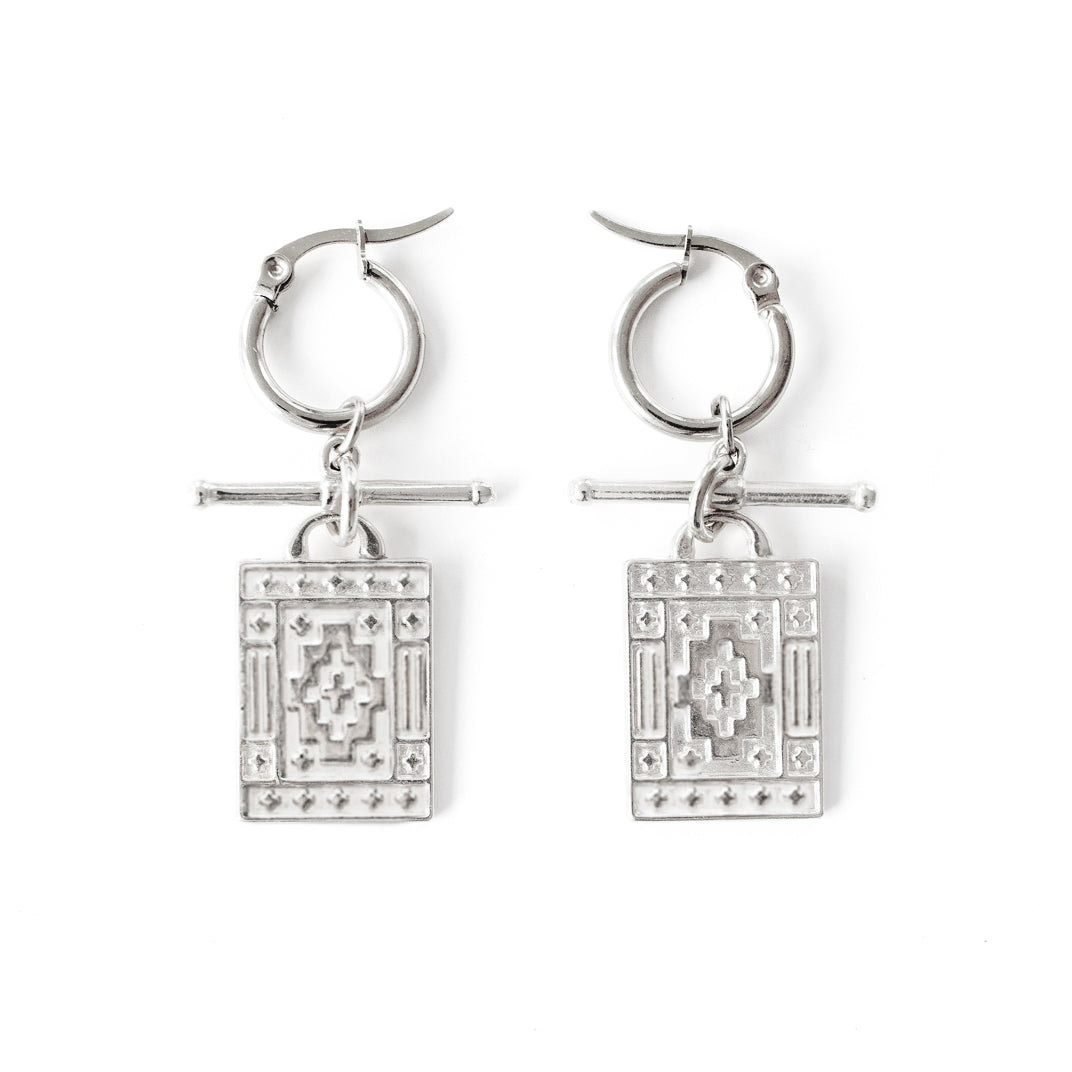Table of Contents
-
Introduction
-
Understanding the Product
-
Why Choose 18K Gold over Sterling Silver
-
What OEM Partners Should Offer
-
Evaluating Factory Capabilities
-
Design & Sampling Process
-
Manufacturing & Production Workflow
-
Quality Control & Testing Standards
-
Pricing, Minimum Order Quantities & Lead Times
-
Legal, Compliance & Certification Requirements
-
Delivery, Packaging & Custom Branding
-
Customer Service, Warranty & After‑Sales Support
-
Red Flags & Common Pitfalls
-
Best Practices When Negotiating with OEMs
-
Case Examples or Factory Profiles
-
Checklist & Final Considerations
-
Conclusion
1. Introduction
Selecting the right OEM partner for manufacturing huggie hoop earrings—finished in 18K gold over sterling silver (vermeil)—is crucial for delivering high-quality, registered, branded jewelry that meets consumer expectations. This article guides you step by step to research, vet and finalize a partner you can trust.
2. Understanding the Product
Huggie hoops are small, hinged, close‑fitting earrings that “hug” the earlobe. They typically range from 10 mm to 18 mm in diameter, and often set with small stones (CZ or diamonds), engravings, or textures.
Design features to consider:
-
Thickness of the hoop wire, affecting strength and weight
-
Hinge and clasp mechanism, durability and precision fit
-
Decorative options: CZ accents, high polish, matte finish, engraving
3. Why 18K Gold over Sterling Silver?
-
Affordability: Compared to solid gold, vermeil (18K plated on sterling silver) gives the same luxury aesthetic at a lower price.
-
Durability & Hallmarking: A base of 925 sterling allows hallmarking, while a plating thickness (>2 microns) ensures longevity.
-
Visual quality: 18K gold plating offers a rich yellow hue. Combined with precise finishing, it creates a saleable premium product.
4. What OEM Partners Should Offer
-
Design Flexibility: Ability to work from sketches, CAD, or physical samples.
-
Material Expertise: Use of sterling silver, not brass or base metals, with 18K gold plating.
-
Finished Mechanisms: In-house hinge assembly, pressure-test clasp closure.
-
Stone Setting: In-house CZ or diamond setting capabilities (micro‑pavé, bezel, prong).
-
Turnkey Services: From prototyping to packaging, logistics, and QC documentation.
5. Evaluating Factory Capabilities
a) Technical Capacity
-
Casting & CNC: Factories should have CNC or high‑precision casting to achieve uniform hoop thickness and curvature.
-
Plating Equipment: Multi-stage plating: silver strike, polishing, then 2–3 µm 18K plating.
-
Stone Setting Tools: Machines or hand-setting benches for pavé or bezel-inlaid CZ.
b) Certifications
-
SGS, Sedex, ISO9001 support international compliance.
-
RoHS/REACH certificates for plating chemicals and nickel content control.
c) Factory Experience
-
Check references: existing clients, past styles, whether they’ve produced plated huggie hoops with stones.
6. Design & Sampling Process
-
Specification Sheet – Include hoop diameter (e.g. 12 mm), wire gauge, plating thickness, hinge style, stone type, finish style, weight tolerance.
-
CAD Workflow – Ask for 3D models to approve geometry and proportions.
-
Sample Creation – Receive a physical prototype before bulk production.
-
Modifications & Iterations – Review hinge play, clasp fit, plating color match, stone alignment—then refine.
Standard sample lead time: 5–10 business days.
7. Manufacturing & Production Workflow
-
Casting or stamping raw shape, trimming sprues, polishing cast parts.
-
Hinge assembly – precision fitting of the hinge pin and closure mechanism.
-
Stone Setting – CZ stones are set post‑assembly, followed by final polishing.
-
Plating Process – silver strike layer→mid-polish→18K gold layer (~2–3 µm).
-
Final QC – Visual inspection, plating thickness measurement, closure testing.
8. Quality Control & Testing Standards
-
Hinge durability test: 5,000 opening/closing cycles or clasp pressure test.
-
Plating adhesion test: salt spray or rub test to simulate wear.
-
Stone setting: tapping each earring with a fine needle or drop test to detect loose stones.
-
Metals assay or verify the base is sterling silver and plating meet thickness standard.
9. Pricing, Minimum Order Quantities & Lead Times
-
MOQ typically starts at 30–50 pairs per style, sometimes lower for simple styles.
-
Sample costs may be free or minimal (deductible from final order).
-
Pricing: For 12 mm plated sterling huggies with CZ, expect about $12–$20 per pair ex-factory, depending on volume.
-
Lead time: Sampling (1–2 weeks), production (3–4 weeks), plus shipping.
10. Legal, Compliance & Certification Requirements
-
Earrings must be hallmarked “925” if sold in markets like EU or US.
-
Plating material might require “18K GP” or “vermeil” label.
-
Nickel-release must meet EU Nickel Directive (<0.2 µg/cm²/week) or equivalent standard.
-
If stone is natural or lab-grown diamond, verification of origin and certification may be needed.
11. Delivery, Packaging & Custom Branding
OEM factories often offer:
-
Custom-branded earring cards, boxes, polishing cloths
-
QC certificates, plating-thickness reports, assay certificates
-
Kitting and bulk packaging as per retail-ready requirements
-
Shipping options: DHL, courier, FOB or EXW terms; customs declaration assistance
12. Customer Service & After‑Sales Support
-
Warranty policy: e.g. 6 months stone loss or hinge malfunction; plating wear support.
-
Technical Assistant: QC reports, communication support, re‑plating or replacement options.
-
Reorder process: can you reorder the same style later reliably?
13. Red Flags & Common Pitfalls
-
Factory uses brass or base metal instead of sterling silver
-
Plating thickness below 1 µm, leading to early wear
-
Cheap hinge assemblies with loose fit or misaligned seams
-
No sample or delayed prototypes
-
Poor communication or unclear timelines
-
Low MOQ claims but no consistent quality
14. Best Practices When Negotiating with OEMs
-
Ask for CAD renders and plating color samples matched to your standard.
-
Set a plating thickness guarantee (2–3 µm gold over silver).
-
Insist on return/rework terms if plating wears off within a set period.
-
Confirm stone size consistency, clarity grade (e.g. AAA CZ).
-
Negotiate tiered pricing for scale growth or multiple styles.
15. Illustrative Case Examples
Factory A (Guangzhou-based)
-
Custom CAD modeling, sample approval in 7 days, plating thickness guaranteed at 3 µm, 50‑piece MOQ, includes hinge stress tests.
Factory B (China‑based, Sedex certified)
-
Offers deluxe packaging, branding, QC reports, and minor free replacements within 60 days. 30‑pair MOQ, pricing starts at $15/pair.
16. Checklist & Final Considerations
| Item | Benchmark |
|---|---|
| Base metal | Sterling silver (925) |
| Plating thickness | ≥2 µm 18K gold struck over silver |
| Hinge & clasp durability | 5,000 open/close cycles tested |
| Stone security | Tap/drop test per pair |
| MOQ | Clarified and feasible |
| Sample & CAD | Provided and modifiable |
| Certifications | SGS / REACH / Nickel release compliance |
| Communication | Responsive contact, clear timelines |
| After‑sales policy | Warranty, plating support, reorder ability |
17. Conclusion
Choosing an OEM partner for 18K gold vermeil huggie hoop earrings requires evaluating materials, plating quality, hinge and clasp reliability, stone setting precision, factory certifications, and service policies. With a structured specification and vetting process—samples, testing, CAD confirmation—you’ll establish trust and assurance of product quality prior to bulk production.
Let me know if you’d like help drafting a sample specification form or comparison template to shortlist OEMs based on your design and business goals.
